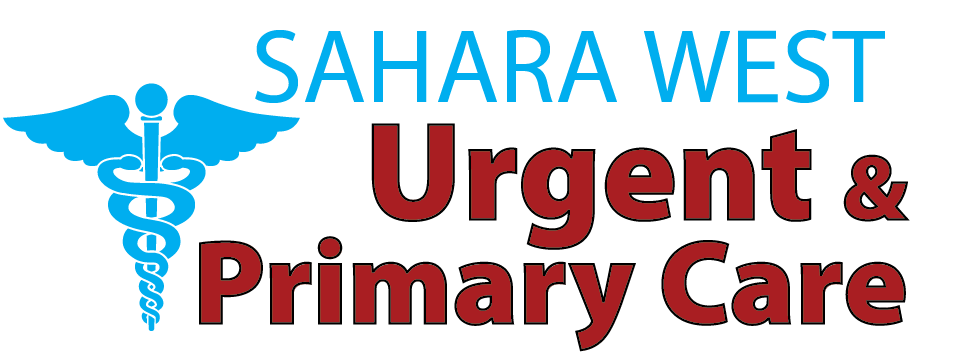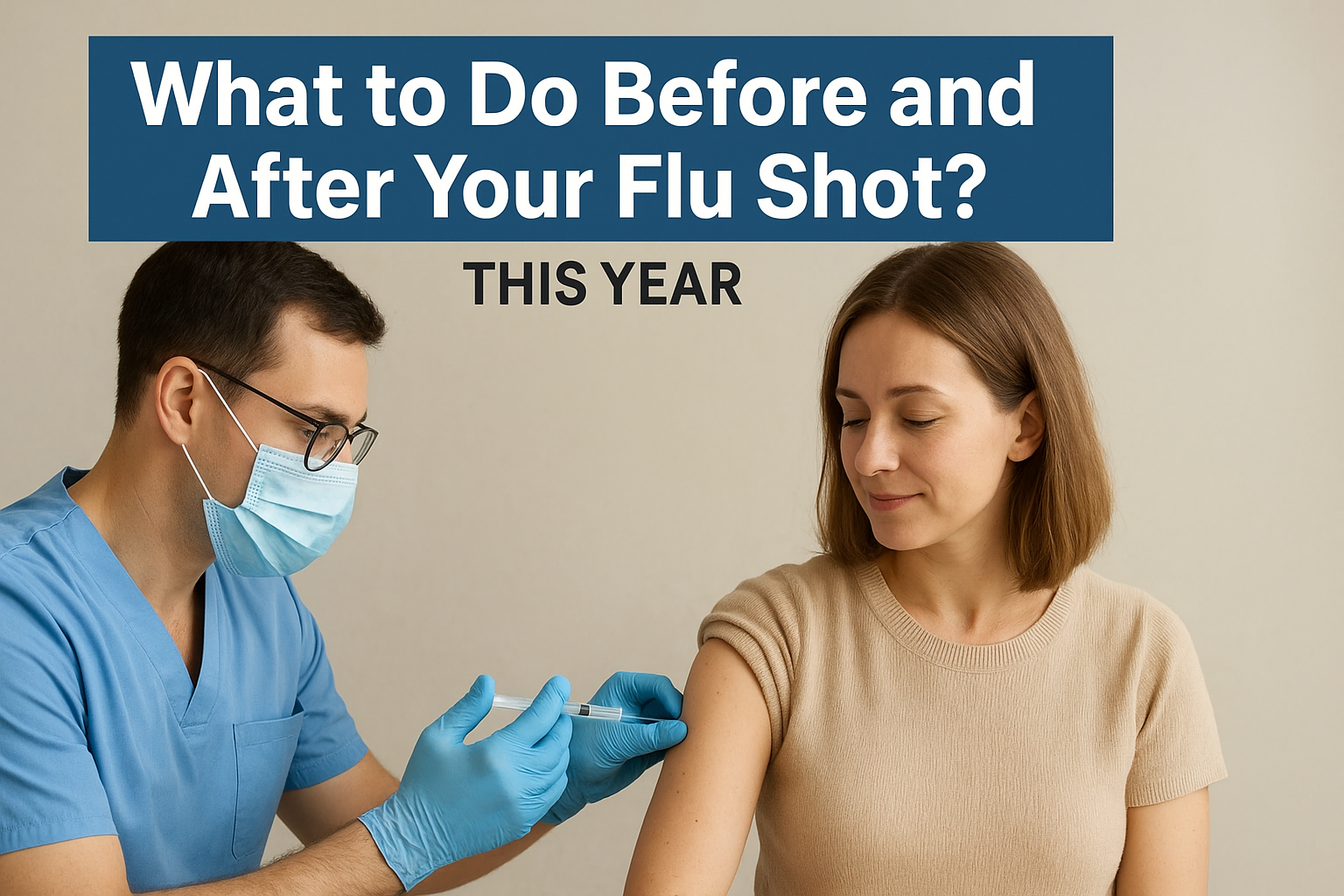The incidence of tuberculosis (TB) continues to be one of the world’s health problems, involving millions of people annually. The most vital action in the process of determining whether an individual has been exposed to Mycobacterium tuberculosis, a bacterium causing TB, is to get a TB test. Early detection prevents the spread of the disease, and it can be treated on time before the disease becomes severe or contagious.
So, read on until the end, as we cover all you need to know about the TB test, including what the test entails, who requires it, how it is taken, any adverse reactions or the interpretation of the results, and need to pick a follow-up appointment. As a healthcare worker or an immigrant who lives in TB-prevalent countries, or as someone who is possibly exposed, this information can assist you in taking charge of your health.
What is a TB Test?
A TB test is a healthcare process that aims to test an individual to identify whether he or she has been infected with tuberculosis bacteria. It does not show an active disease process, but a body reaction against the bacterium.
There are two main types of TB tests:
- TB Skin Test (TST or Mantoux Test): This is done by injecting a minute proportion of purified protein derivative (PPD) into the skin in your forearm. Your body reaction is measured at the raised place at the injection site after 48 to 72 hours by a healthcare expert.
- TB Blood Test (IGRA): It is also called the interferon-gamma release assay, which detects immune responses in TB when a sample of blood is tested with the specific proteins of TB. It may be a preferred option after the BCG vaccines since it does not give such false positives.
The tests are useful in the detection of latent TB infections, which are when the individual possesses the bacteria without symptoms and they also aid in the further diagnosis of active cases.
Who Should Get a TB Test?
TB testing is not required for every person, but specific individuals and groupings are deemed to be at a high risk and must have regular screening
High-risk groups include:
- People who have had close contact with someone who has active TB.
- Individuals with weakened immune systems, such as those living with HIV/AIDS, cancer, or diabetes.
- People who have recently traveled or immigrated from areas where TB is common, such as Asia, Africa, or Eastern Europe.
- Healthcare workers, laboratory staff, and people working in shelters or correctional facilities.
- Children are exposed to high-risk adults.
- Individuals who inject drugs or have other high-risk lifestyles.
Testing ensures early detection and treatment, especially before the infection becomes contagious.
When and How Often to Get Tested
The timing of a TB test depends on exposure risk, occupation, and health status.
You should consider getting tested if:
- You’ve had recent close contact with someone diagnosed with TB.
- You are experiencing symptoms of TB, like persistent cough, night sweats, or unexplained weight loss.
- Your employer requires testing as part of a healthcare or public service role.
- You are preparing to start immunosuppressive therapy, such as biologic drugs or steroids.
Annual testing would be advisable in the case of people who are engaged in high-risk situations regularly (such as hospitals). When you fail an exposure test, another test is done after about 8-10 weeks to eliminate false exposure in the case of a negative test.
How the TB Skin Test Works
In the TB skin test which was also known as the Mantoux test, a small amount of PPD is injected just below the upper layer of the skin, usually on the inside of your forearm.
It might swell within 48 to 72 hours of the site. A healthcare professional will use a ruler to trace the area (known as an induration) that rose in size and express it in millimeters. The interpretation varies and is dependent on various factors such as your age, health conditions, and risk groups.
A positive response shows an exposure to TB, but does not imply active infection. More investigations, which include a chest X-ray or a sputum test, are required to reveal whether the TB is active or latent.
How the TB Blood Test Works
A more recent version of the TB blood test (IGRA) is used: it also requires only one blood sample. It is particularly useful in individuals who are unlikely to come in to receive a second dose or those vaccinated against tuberculosis with BCG, and this may complicate the skin test.
After your blood is taken, it is taken to a lab and has TB-specific antigens added to it, and then it is read. When your immune system detects these antigens, it will secrete specific proteins called interferon-gamma, and the same will be measured by the test. The level of excreted interferon-gamma assists in the assessment of exposures to TB in you.
The results are usually ready in 24-48 hours and are possible to be positive, negative or indeterminate.
What to Expect During Testing
Both types of TB tests are simple and quick. No fasting or special preparation is needed.
For a skin test:
- You may feel a slight pinch when the fluid is injected.
- Avoid scratching or covering the area.
- You’ll need to return within 48–72 hours for the test to be read.
For a blood test:
- A standard blood draw will be done using a needle in your arm.
- Mild soreness or bruising at the site may occur.
- No follow-up visit is needed unless results require further testing.
Both tests are low-risk and performed in outpatient settings like clinics, hospitals, or doctors’ offices.
Does a TB Test Hurt?
The TB test is generally well-tolerated and causes minimal discomfort.
- The skin test may feel like a slight sting during the injection. Afterward, the site may feel itchy or mildly swollen.
- The blood test involves a needle prick, similar to any standard blood draw. Some people experience slight bruising or tenderness at the site, which usually resolves within a day or two.
Pain or severe reactions are uncommon, and most people resume daily activities immediately after the test.
Common Side Effects of a TB Test
Side effects from TB testing are rare and usually mild.
For the skin test:
- Redness or itching at the injection site.
- Minor swelling or a small hard bump.
- In rare cases, blistering or ulceration may occur at the site.
For the blood test:
- Mild bruising, soreness, or swelling at the puncture site.
- Occasional dizziness or lightheadedness during or after the blood draw.
Severe reactions are extremely rare. If you experience fever, rash, or difficulty breathing, seek medical attention immediately.
Understanding TB Test Results
Interpreting TB test results depends on the method used.
For the skin test:
- A raised bump is measured in millimeters.
- An induration of 5mm may be positive for high-risk individuals (like HIV-positive patients).
- 10mm or more may be considered positive in medium-risk individuals (healthcare workers, immigrants).
- 15mm is typically the cutoff for those with no known risk factors.
For the blood test:
- A positive result indicates the immune system responded to TB antigens.
- A negative result means no significant immune response was detected.
- An indeterminate result may require a repeat test.
Neither test confirms active disease. Additional tests, like a chest X-ray or sputum culture, are needed for diagnosis.
What Does a Positive TB Test Mean?
A positive TB test means your immune system has reacted to TB bacteria, but it doesn’t necessarily mean you have active TB.
There are two main possibilities:
- Latent TB infection: You have the bacteria but no symptoms. You’re not contagious but may need medication to prevent future illness.
- Active TB disease: You may have symptoms like a persistent cough, fever, weight loss, or night sweats. This form is contagious and requires immediate treatment.
Further testing, including a chest X-ray and possibly a sputum test, will determine which form you have and guide treatment.
What Does a Negative TB Test Mean?
A negative TB test means there was no immune response to the TB antigens, suggesting that you haven’t been infected.
However, false negatives can occur in:
- Recently exposed individuals (within 8–10 weeks).
- People with weakened immune systems.
- Young children or the elderly.
In such cases, your healthcare provider may recommend repeat testing or alternative diagnostic methods if symptoms persist.
When to Call Your Healthcare Provider
It’s important to contact your doctor if you:
- Have a large reaction to the skin test (especially if painful or blistered).
- Experience a high fever or difficulty breathing after the test.
- Develop symptoms of active TB, like a persistent cough, fatigue, or weight loss.
- Receive a positive test result and need guidance on further testing or treatment.
Prompt follow-up helps prevent serious complications and transmission to others.
Prevention, Treatment, and Follow-Up
The first step towards preventing TB is to detect it when it is still in the early stages and treat it accordingly. In case of a diagnosis of latent TB, your physician can prescribe such drugs as isoniazid or rifampin to minimize the risk of active infection.
Treatment of active TB takes longer, and it is treated with more antibiotics that can take between six to nine months. Prescription of the medication requires full adherence to abate resistance.
Follow-up visit keeps a check of side effects, effectiveness of treatment, as well as prevention of the recurrence of the infection.
Conclusion
TB test is an easy stable tool that can support the identification and prevention of TB infection. Being vulnerable to exposure or occupation, or traveling outside the country, it is the initial approach to protecting your and other people’s health to get tested.
Are you feeling unwell and have been recommended to have a TB test, or are you showing symptoms and signs? Do not wait. Early detection and treatment would prevent long-term complications and hence limit the chances of spreading the disease. To schedule your appointment with the highest standard of care, visit Sahara West Urgent Care on our website, where you can also explore more informative blogs.
Frequently Asked Questions
Can a BCG vaccine cause a false-positive TB test?
Yes, the skin test may show a false positive if you’ve received the BCG vaccine. The blood test (IGRA) is more accurate in these cases.
Are TB tests safe during pregnancy?
Yes, both the skin and blood tests are safe for pregnant women and are often recommended if there’s a risk of exposure.
Can children get TB tests?
Yes, both types of tests are approved for children. The skin test is commonly used for young children, while IGRA may be used in those over age two.
Does insurance cover TB testing?
Most insurance plans and public health programs cover TB testing, especially for high-risk individuals or those required to get tested for work or immigration purposes.





